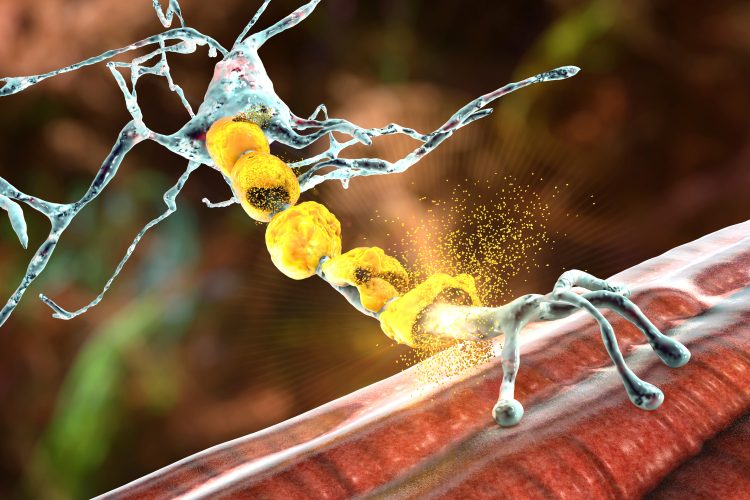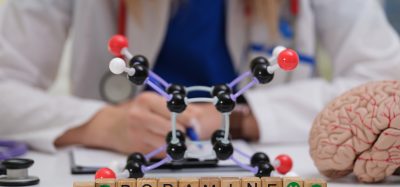Novel protein function inhibitor regenerated myelin sheaths
Posted: 8 May 2024 | Drug Target Review | No comments yet
Researchers showed that ESI1, or similar compounds, may help to slow or even reverse cognitive losses that can occur during aging.


Researchers at Cincinnati Children’s have discovered that mice with symptoms of multiple sclerosis (MS) and lab-prepared human brain cells demonstrated the ability to regenerate myelin coatings when treated with a novel protein function inhibitor named ESI1. This breakthrough defeats challenges that have long frustrated past attempts to reverse myelin damage.
Dr Q. Richard Lu, a leading brain research expert at Cincinnati Children’s, stated: “Currently, there are no effective therapies to reverse myelin damage in devastating demyelinating diseases such as MS…These findings are significant as they offer new pathways for treatment that potentially shift the therapeutic focus from just managing symptoms to actively promoting repair and regeneration of myelin.”
The team observed that brain regions damaged by MS still possessed oligodendrocytes (OLs), cells that repair myelin damage. However, the disease activates other cell types and signals which silences the repair function. This was an essential insight to gain, as the team then set about un-silencing the silenced repair process.
To underscore genetic changes and signals implicated in the repair silencing process and discover a small molecule compound that can reverse the silencing was a complicated course. Spanning over five years, the project involved four co-first authors and 29 contributing co-authors from Cincinnati Children’s, the University of Cincinnati, and 14 other institutions including universities in Australia, China, Germany, India, Singapore, and the United Kingdom.
It was identified, through analysis of stored autopsy tissue, that OLs within MS lesions lacked an activating histone mark named H3K27ac, while expressing elevated levels of H3K27me3 and H3K9me3 linked with silencing gene activity. A library of hundreds of small molecules known to target enzymes that could modify gene expression and influence the silenced Ols was scoured. Through this, the researchers determined that the compound ESI1 (epigenetic-silencing-inhibitor-1) was almost five times more powerful than any other compounds they considered.
ESI1 tripled the levels of the desired H3K27ac histone mark in OLs and sharply reduced levels of H3K27me3 and H3K9me3. Also, the research showed a new way in which ESI1 promotes the creation of biomolecular condensates within the cell nucleus. These hubs function as central points to increase the production of essential fats and cholesterol required to produce myelin.
Myelin sheath production and improved lost neurological functions was seen in both aging mice and mice mimicking MS following ESI1 treatment. The tests included tracking gene activation, measuring the microscopic new myelin sheaths surrounding axons, and observing treated mice navigating a water maze. Treated mice were quicker at moving through it.
The treatment was then assessed on lab-grown human brain cells. The team used myelin organoids, which produced complex myelinating cells. When exposed to ESI1, the myelin sheath of myelinating cells in the organoids were extended. Dr Lu believes that these results could spark a novel approach to stop the degenerative effect of neurodegenerative diseases. Furthermore, myelin regeneration treatment could be helpful for people recovering from brain and spinal cord injuries.
Dr Lu commented that the most far-reaching implication of the study is the possibility of using ESI1, or similar compounds, to help slow or even reverse cognitive losses that can occur during aging. Despite this, more research is required to ascertain whether human clinical trials can be launched, as the effects of ESI1 may need to be modulated by adjusting the dose, treatment duration, or using pulsed therapy during specific time windows.
“This study is a beginning,” Dr Lu concluded. “Prior to finding ESI1, most scientists believed that remyelination failure in MS was due to the stalled development of precursors. Now we show a proof of concept that reversing the silencing activity in OLs present in the damaged brain can enable myelin regeneration.”
This study was published in Cell.
Related topics
Neurosciences, Organoids, Protein
Related conditions
Age-related neurodegenerative disease, Multiple Sclerosis (MS)
Related organisations
Cincinnati Children's, University of Cincinnati
Related people
Dr Q. Richard Lu (Cincinnati Children’s)








